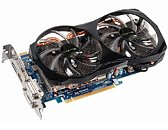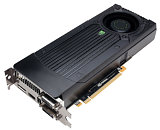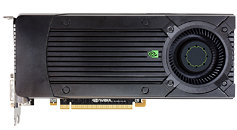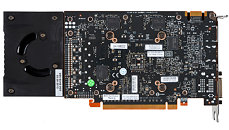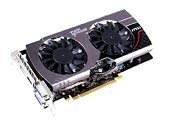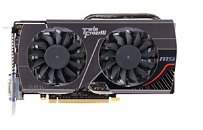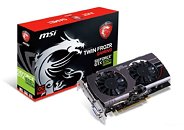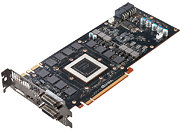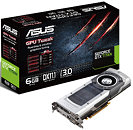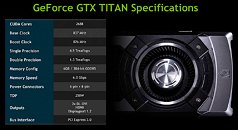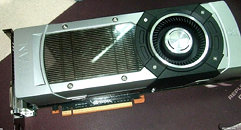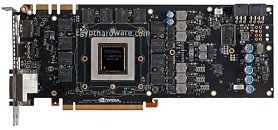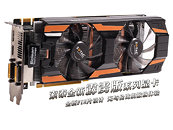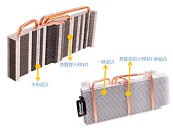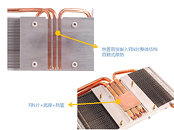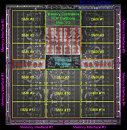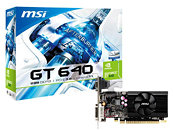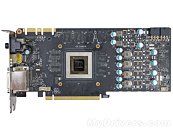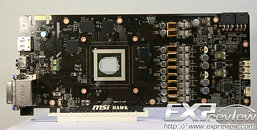
GIGABYTE Announces its GeForce GTX 650 Ti Boost Graphics Card Series
GIGABYTE announced a pair of custom-design graphics cards based on NVIDIA GeForce GTX 650 Ti Boost, the N65TBWF2-2GD, which sticks to NVIDIA-reference clock speeds of 980 MHz core, 1033 MHz GPU Boost, and 6008 MHz memory; and the factory-overclocked N65TBOC-2GD, which ships with 1033 MHz core, 1098 MHz GPU Boost, and 6008 MHz memory.
Both cards are based on a blue GIGABYTE custom-design PCB that uses an UltraDurable VGA construction; and a WindForce 2X parallel-inclined cooling solution, which uses a pair of 90 mm fans to ventilate a heatpipe-fed aluminum fin array. Based on the 28 nm GK106 silicon, the GeForce GTX 650 Ti from NVIDIA features 768 CUDA cores, and a 192-bit wide GDDR5 memory interface, holding 2 GB of memory. The N65TBWF2-2GD is expected to be priced around US $170, while the N65TBOC-2GD could scrape the $190 price point.
Both cards are based on a blue GIGABYTE custom-design PCB that uses an UltraDurable VGA construction; and a WindForce 2X parallel-inclined cooling solution, which uses a pair of 90 mm fans to ventilate a heatpipe-fed aluminum fin array. Based on the 28 nm GK106 silicon, the GeForce GTX 650 Ti from NVIDIA features 768 CUDA cores, and a 192-bit wide GDDR5 memory interface, holding 2 GB of memory. The N65TBWF2-2GD is expected to be priced around US $170, while the N65TBOC-2GD could scrape the $190 price point.
